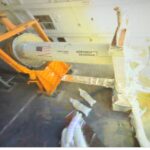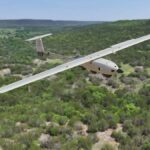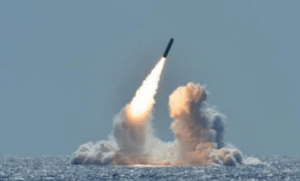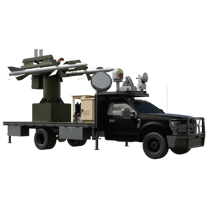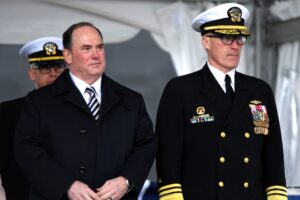
While the U.S. Air Force has said that a $200 million add last year for the Boeing [BA] E-7A Wedgetail will not accelerate first fielding of the aircraft, the service says that Congress could push up fielding of aircraft from one in fiscal 2029 to two in fiscal 2028, if lawmakers appropriate $596 million for Wedgetail procurement in the service's fiscal 2024 wish list. Congressional appropriators' $200 million plus up last year accelerates "critical contractor hiring and initiation of engineering…



